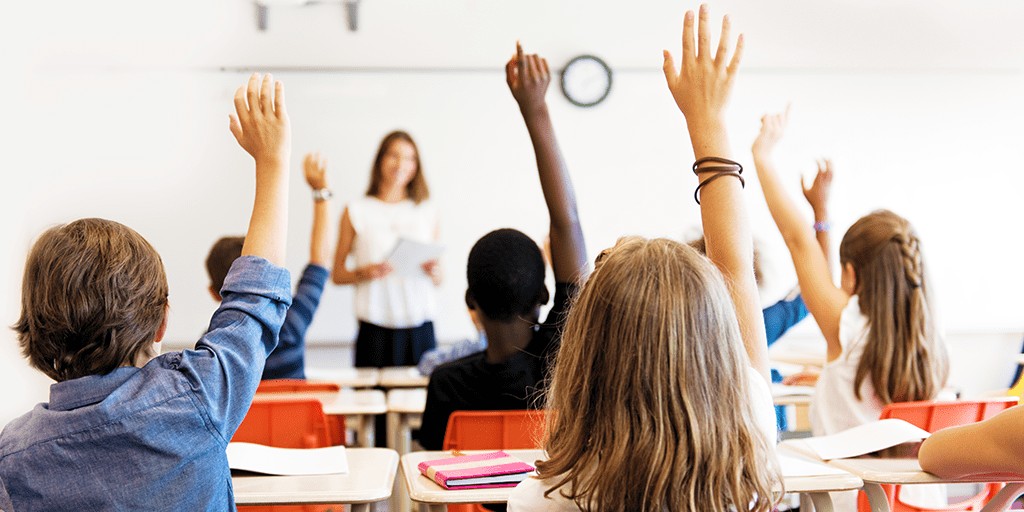Last Saturday, as I was shutting down for the evening, I stumbled across something wonderful. Google had created a free game to celebrate Halloween. It wasn’t anything elaborate. In fact, the mechanics were rather simple. The player took control of a black cat who fought ghosts using a magic wand. Whenever a ghost appeared on screen, the player would draw a simple shape (a line, a V, etc.) to banish them.
I. WAS. HOOKED.
It didn’t have any of the amazing features we normally associate with video games today. Yet all the same, I couldn’t stop playing until I won. The whole experience reminded me how something doesn’t necessarily need to be complex in order to be good. Simple solutions can solve complicated problems. Simple stories can outlast grand epics (just look at fairytales.) An easy game can still be fun, useful, or memorable.
This can be especially true for education.
One Step at A Time
Like most educators, I try to stay up to date on the latest teaching tools and strategies. The landscape of education is always changing and it’s important for us to be prepared for anything. Still, there are moments when it’s okay to forgo the bells and whistles and simply embrace the basics of learning. With COVID-19 still spreading across the US and many students struggling to adapt to blended education, now is the time for simple strategies. Here are just a few easy methods for exercising your students’ curiosity, creativity, and critical thinking!
Simple Strategies
- Free Reading: The best way for students to learn about language is by reading it! Allow students to bring in a book of their choice or select one from the school library. Then, simply give them time to read. Not only will this introduce them to new vocabulary, spelling, and grammar, but it can also help them process the stress of this past year. And yes, comics absolutely count as books!
- Unstructured Play: We’ve written before how unstructured play is essential to student growth. Through movement and playtime, children learn about the world around them while also discovering a lot about who they are as individuals. Playtime also gives children a chance to exercise their interpersonal and collaboration skills. While this may prove difficult with virtual learning, smaller breakout groups can serve the same purpose.
- Flash Cards: Yes, I know what you’re thinking. In recent years flashcards have been labeled the bane of student growth. They teach students to memorize answers, but not grasp the underlying principles beneath them. While this is a valid criticism, flash cards can still be a useful way of introducing your students to a subject. They’re easy, disposable tools that will get your kids thinking. Just be careful you don’t overuse them.
- Word Association: As a student, one strategy I found helpful was word association. My science teacher would regularly give us equations or formulas that we had to dramatize using certain key words. It may sound strange, but to this day the word “pheasant” still reminds me that sedimentary rocks are formed through erosion by air or water. Plus, it gives students a chance to think creatively!
Easy Does It
It can be tough to lead a classroom during a pandemic. There’s so much pressure to act as though everything were normal when so much has changed. Rather than constantly trying to innovate, give yourself some grace and invest in simple strategies. Your students don’t need a complex array of screens and circuits to learn. Just introduce them to the lesson through a fun, easy activity and let their natural curiosity do the rest!

